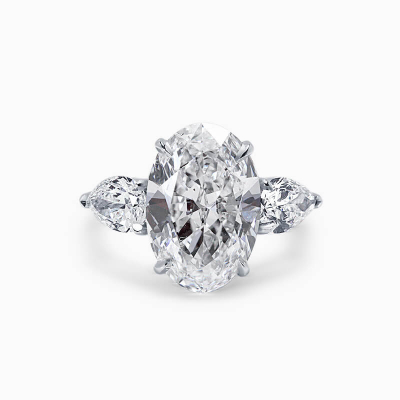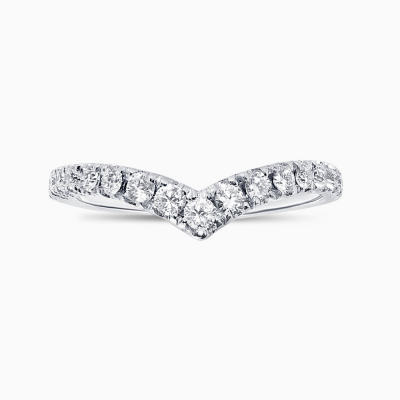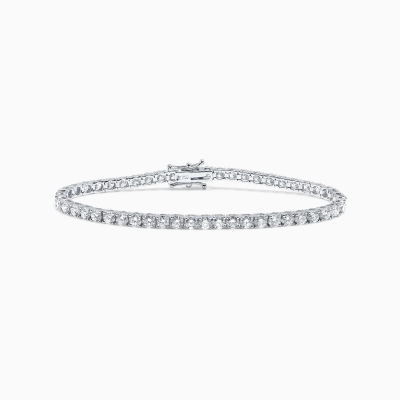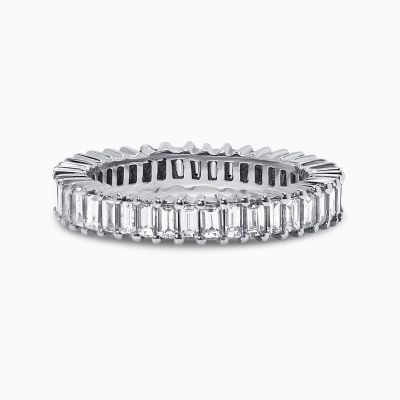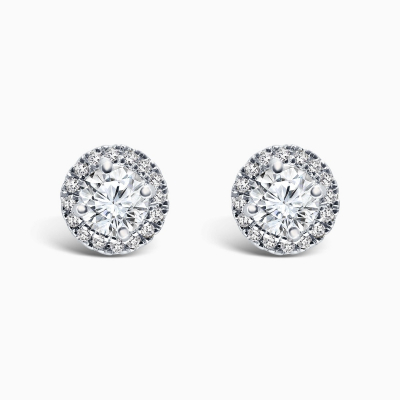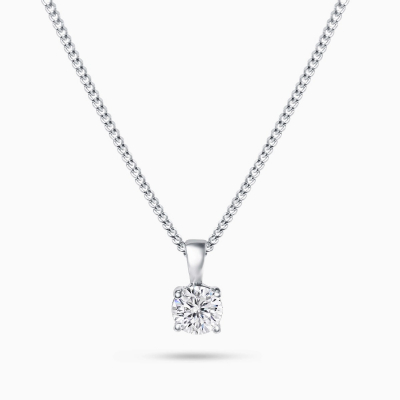GBP
/
GBP
/
Shipping to:
Currency:
BEZEL SETTING ENGAGEMENT RINGS
The bezel setting, along with the prong setting, is one of the most common ways of mounting a single stone, such as the diamond in an engagement ring. Whereas the prong setting only holds the jewel in place by means of claws, the bezel setting partially or more usually completely surrounds it, with a small collar over the rim of the stone. It is, therefore, a lot more protective of the stone within.
It is often recommended as a more suitable setting for wearers who have an active lifestyle. Additionally, if the stone it encircles is chipped or flawed in any way by inclusions or blemishes, the bezel setting can mask this.
Because the edges of the stone are smoothed by the bezel, the ring is less likely to snag clothing or skin. The bezel setting also protects the stone better from dirt and soap, which can reduce its shine.
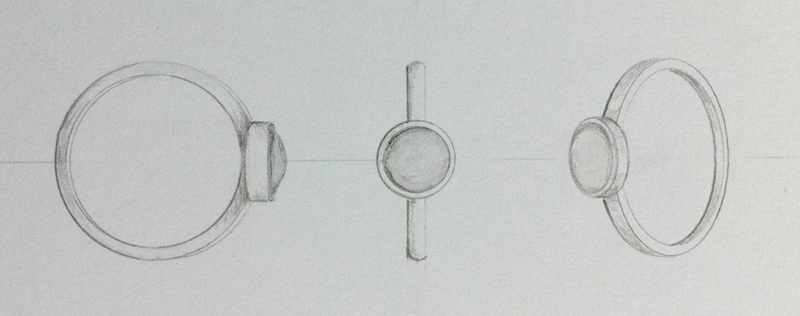
While it looks stunning, especially when crafted from a precious metal such as platinum or white gold, the main disadvantage of the bezel setting for those on a budget is that it can tend to make the ring overall more expensive. This is because there is more precious metal involved in its creation. Similarly, because every stone is different, it must be custom-made for the ring in question.
When it comes to a clear stone like a diamond, the full bezel will hide the lower portion of the stone almost completely, exposing only the upper face, and this can detract from the way it catches the natural light and sparkles. Another option, which exposes more of the gemstone, is a half bezel. In this arrangement, the bezel is divided into two or more sections, covering just portions of the stone. This allows more visibility of the diamond within.
Aside from engagement rings, the bezel setting is very popular with softer gemstones, such as opal, turquoise and fluorite, which are more prone to damage and scratches because they are less hard.





